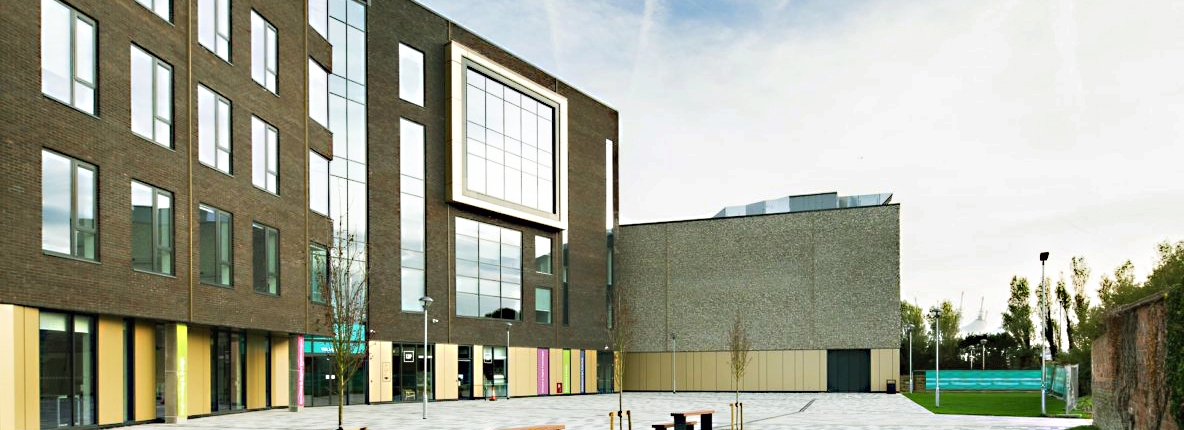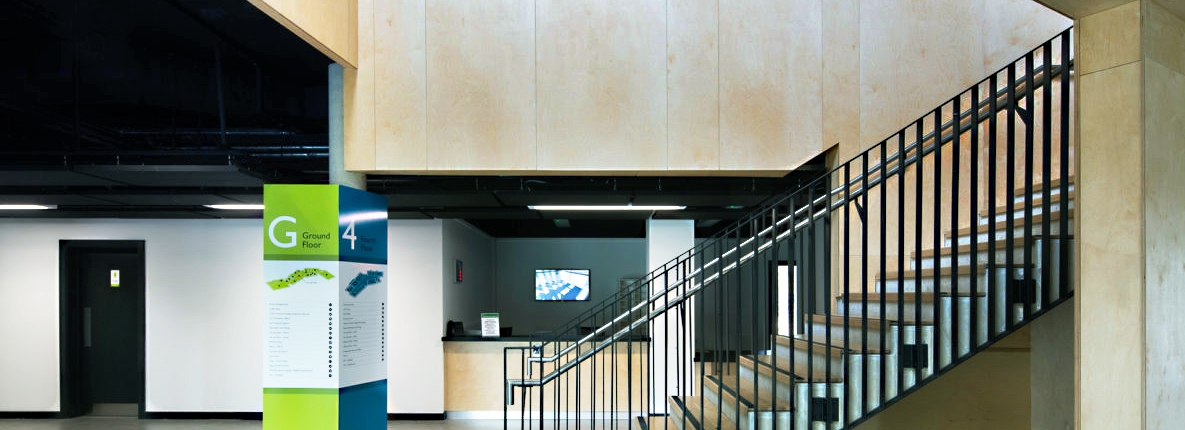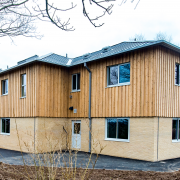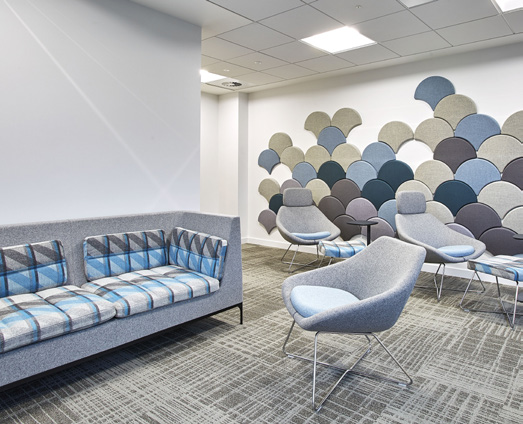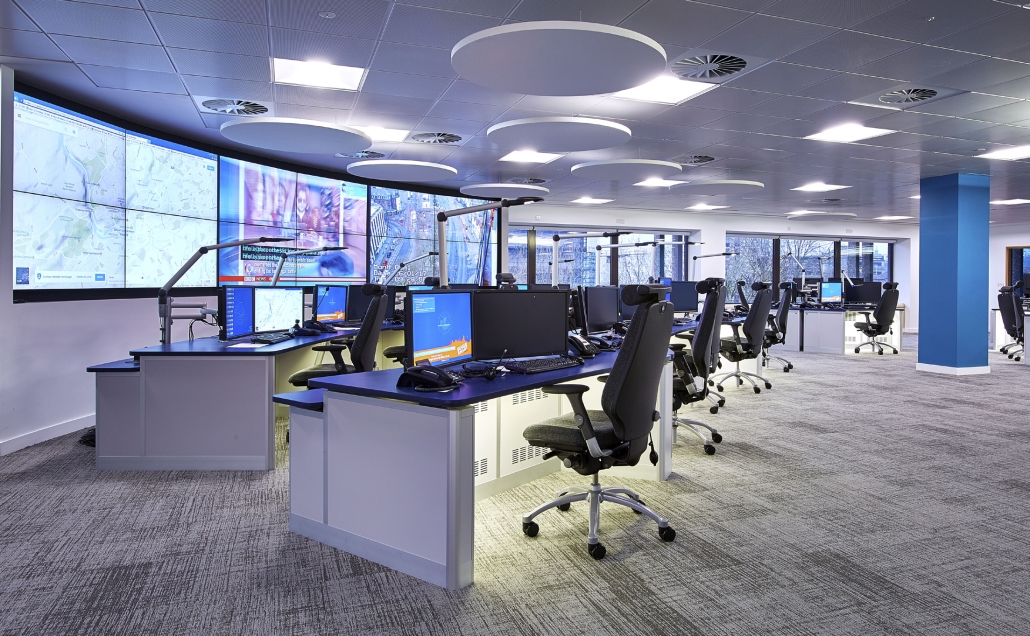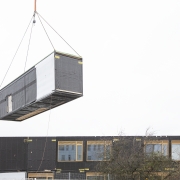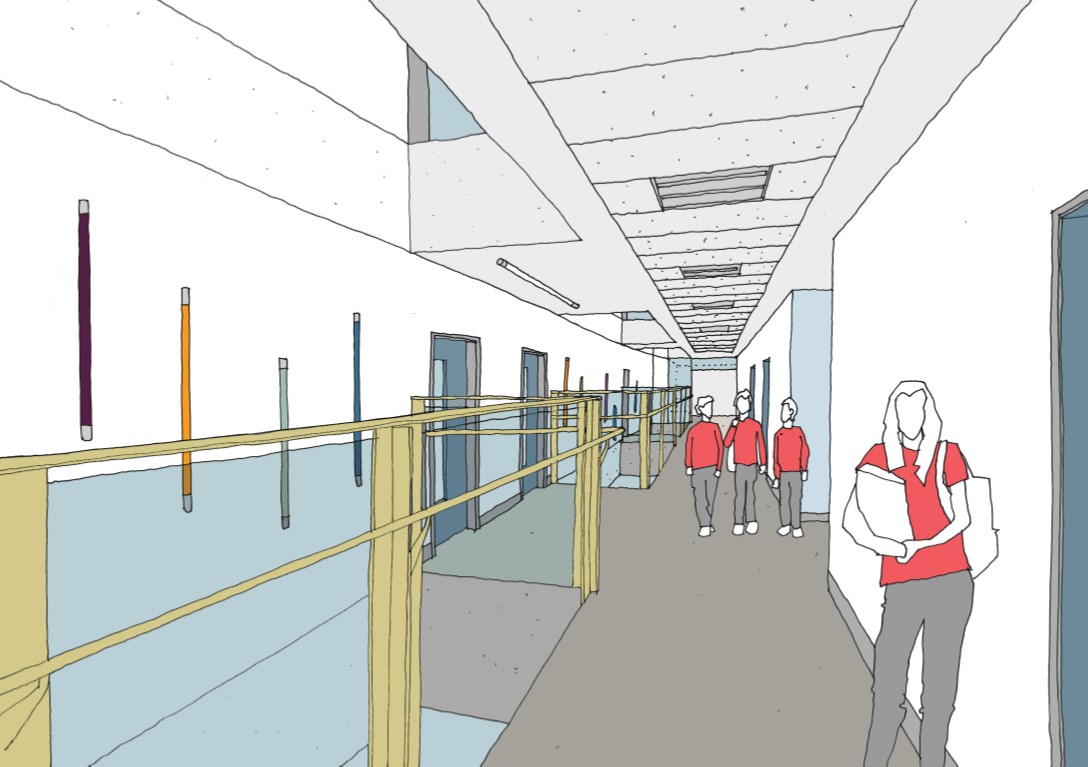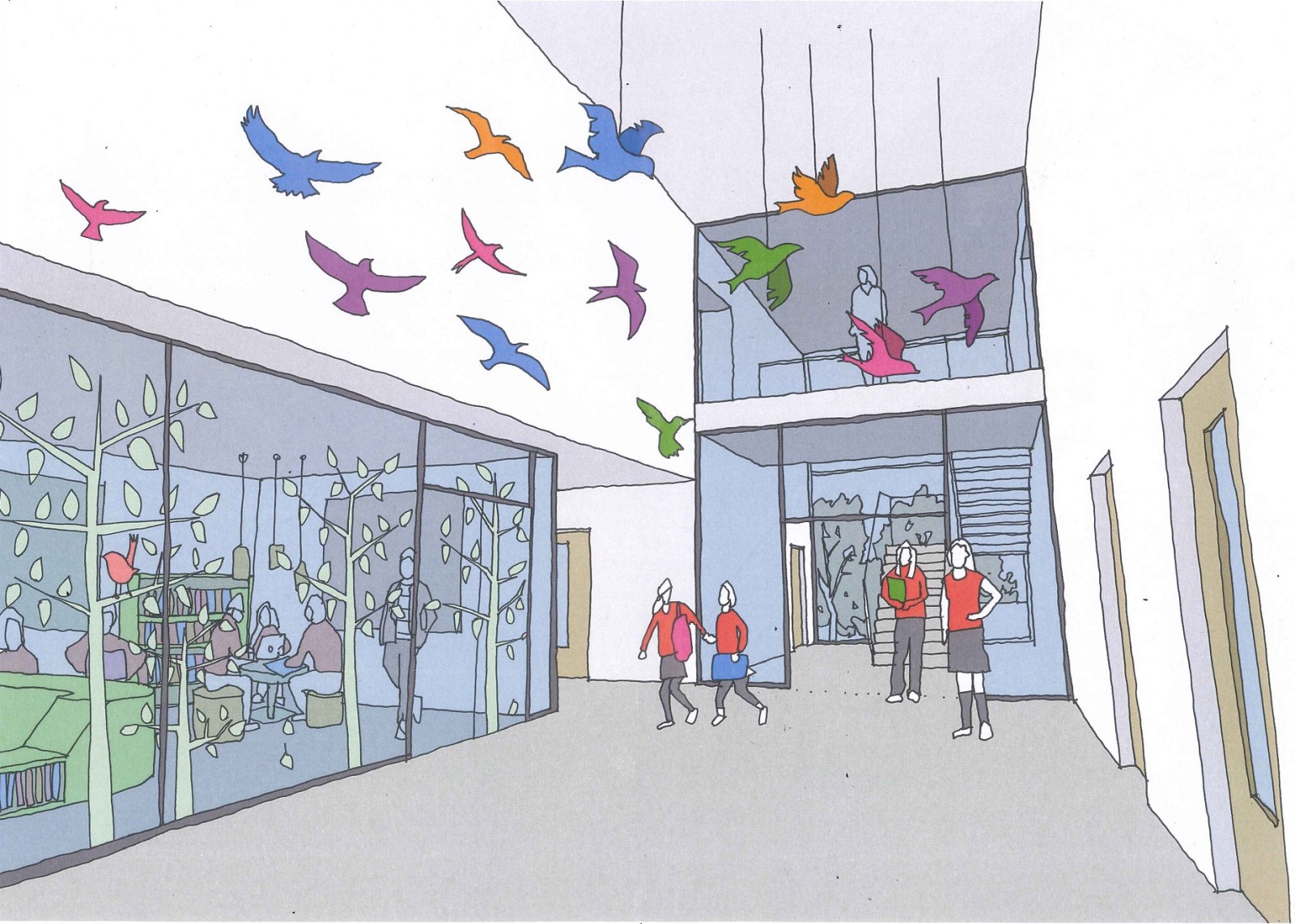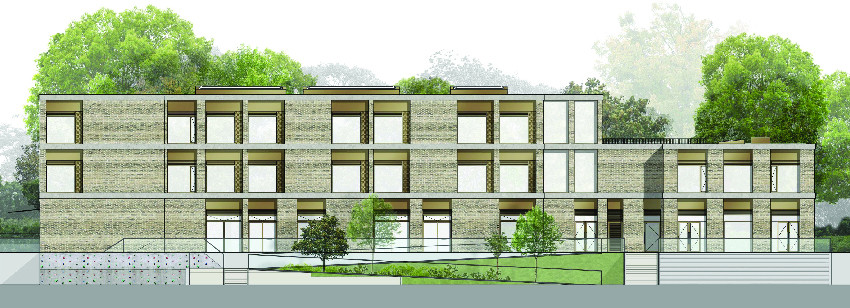Oxford Advanced Skills Centre
Oxford Advanced Skills Centre
Abingdon, Oxfordshire
Project Details
Client
UK Atomic Energy Authority (UKAEA)
Project Manager
Ridge & Partners LLP
Architect
Ridge & Partners LLP
Contractor
Midas Construction Ltd
Value
£8.8m
Contract Period
54 weeks
Procurement Type
Competitive tender – 2 stage
Form of Contract
NEC3 Option A
Size
4,074m²
Apprentices
7
Project Summary
Delivered at the secure Culham Science Centre, a dedicated innovation and enterprise park in Oxfordshire, the Advanced Skills Centre is a flagship training facility. Owned and managed by the UK Atomic Energy Authority, Culham Science Centre is a world-class research site that hosts 40 businesses employing approximately 2,000 people in fields including aerospace, technology, autonomous vehicles and biotechnology.
Constructed in proximity to live business and educational facilities, the project included design and build of the Centre, together with sports and social facilities and associated external works. Works included site preparation and groundworks, followed by construction of two steel frame buildings – the Centre and a sports pavilion – with a cladding and render envelope and a single ply roof to the Centre. Midas completed full Cat A and Cat B fit out, including M&E, plumbing and service connections. Externally, the team completed car parking and hard and soft landscaping.
The purpose-built Centre has the capacity to train up to 350 apprentices per year, offering specialised training for apprentice engineers and technicians. Designed with these industries in mind and following consultation with local businesses, the three-storey centre provides labs and workshops to support training in specialised research areas including mechanical and electrical, robotics, cryogenics, fluids and vacuums.
Key Challenges
The client required the project delivered to BREEAM Very Good
- Midas successfully achieved BREEAM Very Good with measures including PV panels installed on the roof; diversion of 94.55% of waste from landfill; bicycle storage and changing facilities; and by undertaking tree protection measures. Midas commissioned a prestart inspection by a suitably qualified ecologist – from Windrush Ecology – and, in line with their recommendations, delivered toolbox talks to site operatives on topics including protecting site ecology and compliance with ecological legislation. Midas delivered training for building users, including Building User Guides, and completed seasonal commissioning activities for the 12-month period after occupation. The team placed bird feeders at the site boundary, providing winter feed for birds, and rescued a mole from an existing building.
Achieving the client’s budget
- Midas used a combination of best practice and added value solutions to offer the client £767k (8.7% of contract value) of savings at the Gateway 3 construction stage. Midas approached supply chain members including the roofing and cladding contractor and the piling contractor early in the programme and invited them to participate in design team meetings to aid with detailing. Solutions included retention of excavated materials for reuse in landscaping and site fill, for a saving of £117k; identifying £140k of best value savings at Cost Plan; and completing a post-tender best value review with our subcontractors, to offer £327k of savings to bring the works in line with the budget. Our supply chain partners re-appraised the ground investigation report to develop a vibro-compacted stone column solution in lieu of continuous flight auger piling piles. This saved £45k on the budget and mitigated any programme delays. The team proposed using face fix cladding panels with colour match fixings, to negate the need for helping hand brackets (saving £55k); and the project reused excavated topsoil in lieu of imported materials, saving £117k and achieving a BREEAM credit.
Managing works at a secure, sensitive site
- Culham Science Park is a secure site with a security gate staff with security guards. UKAEA Security required advance notice of all visitors attending the site, with attendance tracked by their team. Midas erected Heras fencing and solid hoarding around our site to segregate works, with Heras fencing to the contractor car park and crowd control barriers forming separate client routes. The team shared construction access with a project to the north of the site, with UKAEA Security managing traffic access. Midas liaised with UKAEA site security and other construction project teams to coordinate and programme deliveries, and checked vehicles for the use of the Fleet Operator Recognition Scheme road safety provisions. To mitigate dust and noise disturbance to the science park, operatives used vacuum cleaners with filters; dust extraction on saws, sanders and floor grinders; and water suppression attached to the petrol disc cutter. The team used a dedicated cutting area, combined with acoustic panels to reduce exposure to others on site.
Project Takeaways
Our Successes
- Midas worked simultaneously on two projects for the same client at the same site, and introduced savings and improvements to the programme and supply chain by sharing resources across the two projects. The two projects had separate access routes and security checkpoints, to avoid causing queues at the main gate.
- Culham Science Centre has plans to substantially increase commercial activity and construct new buildings at the site. Midas completed additional infrastructure works, added to our project by the client during the programme, in order to prepare the site for potential future developments. The Midas team worked closely with the client to plan and review these additional works to future-proof the site.
- Each subcontractor attended a prestart meeting to review safety and quality requirements, at least two weeks prior to their start on site. The project used Field View in tandem with 4Projects to track and manage snagging and defects. The client bought into this software and accessed Field View to complete their quality inspections. All subcontractors completed their inspection, test plan, risk assessments and method statements together as part of the pre-start process. The Midas site team used tablets with Field View to complete weekly quality and safety inspections of subcontractors and our supply chain.
Our Learnings
- The site included an incoming underground high voltage electricity supply and fibre optic cables crossing the site, with live services within an adjacent block. The team pegged out the route of live services and identified them with signage. UKAEA diverted the fibre optics prior to Midas commencing ground excavations; Midas received written confirmation of disconnection from the client prior to commencement of works. The team battered back excavations, controlling the reduced and formation level excavations under permits to dig and protecting open excavations with Heras fencing.
Added Value
- As part of this project Midas worked to an Employment & Skills Plan (ESP), including: five work experience placements; seven apprentices employed; 12 jobs created; 167.4 waged training weeks delivered on site; 32 workforce qualifications supported; and four training plans for subcontractors delivered. The site hosted a visit from six local college students.
- The project supported the local economy with 93.3% of companies employed via the project being small and medium-sized enterprises (SMEs) and 55.9% of those based within 30 miles of the site.
- The site held a topping out ceremony with a Christmas wreath on 11 December 2018, attended by over 30 people including representatives from MTC Training, the Science and Technology Facilities Council, Culham Fusion and UKAEA.
KPI’s & Statistics
| Contract | Gateway 2 Planning | Gateway 3 Contract Agreement | Variation |
| Cost | £8,881,816 | £8,810,919 | -£70,896 (-0.8%) |
| Time | 48.1 weeks | 47 weeks | -1.14 weeks (-2.4%) |
KPI Graphs
Apprentices 7
Average AIR 2.1
Average CCS score 37.5
Waste diverted from landfill 94.5%
Cost/m2 £2,170m²
Cost/m2 excl abnormals £1,542m²
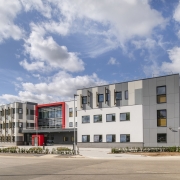 Midas Group Ltd
Midas Group Ltd
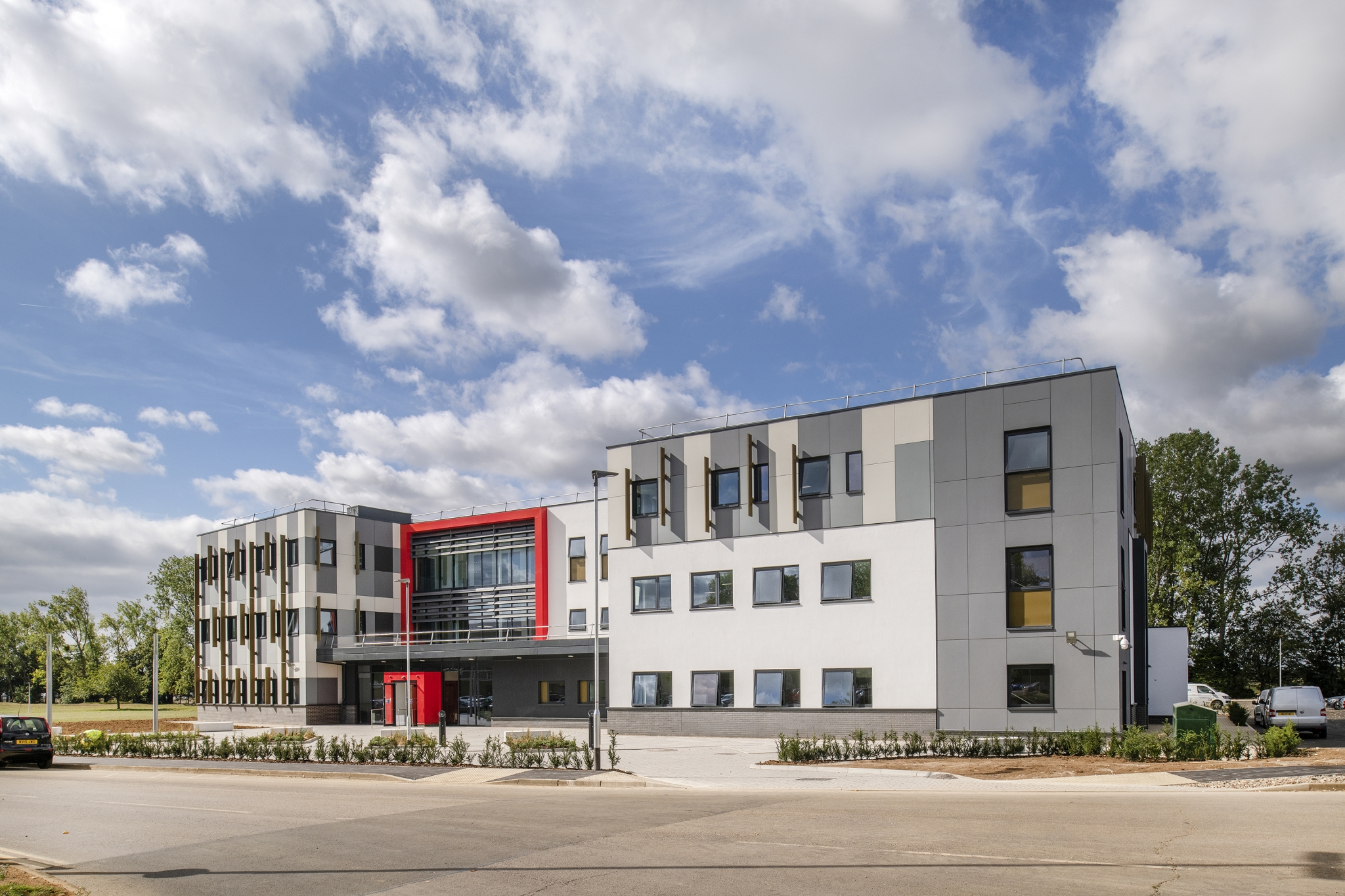
 Midas Group Ltd
Midas Group Ltd
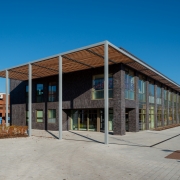

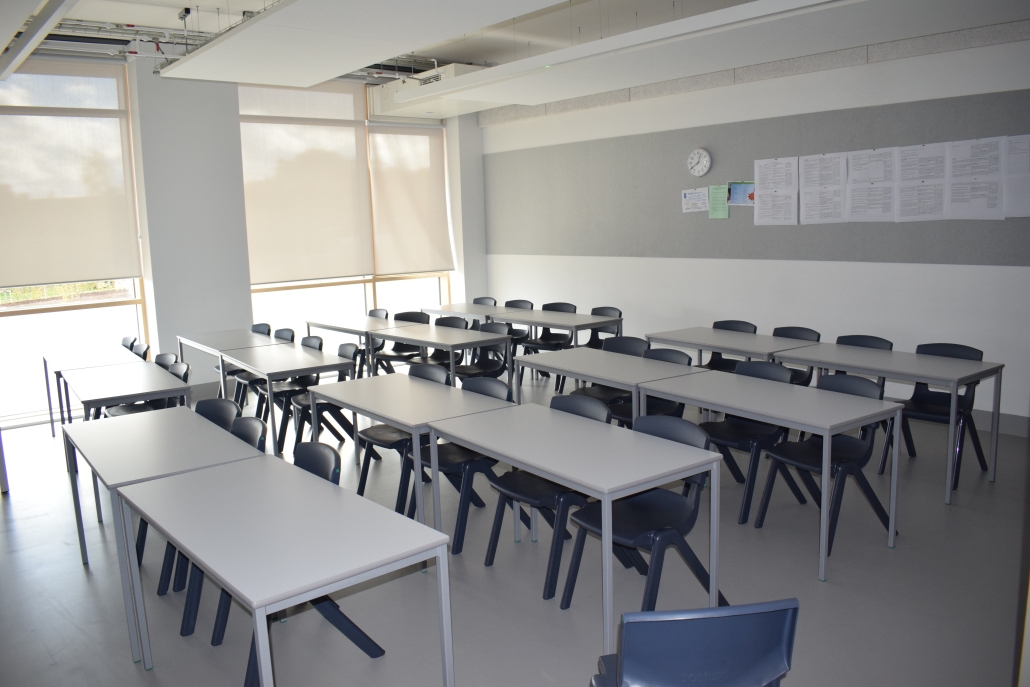
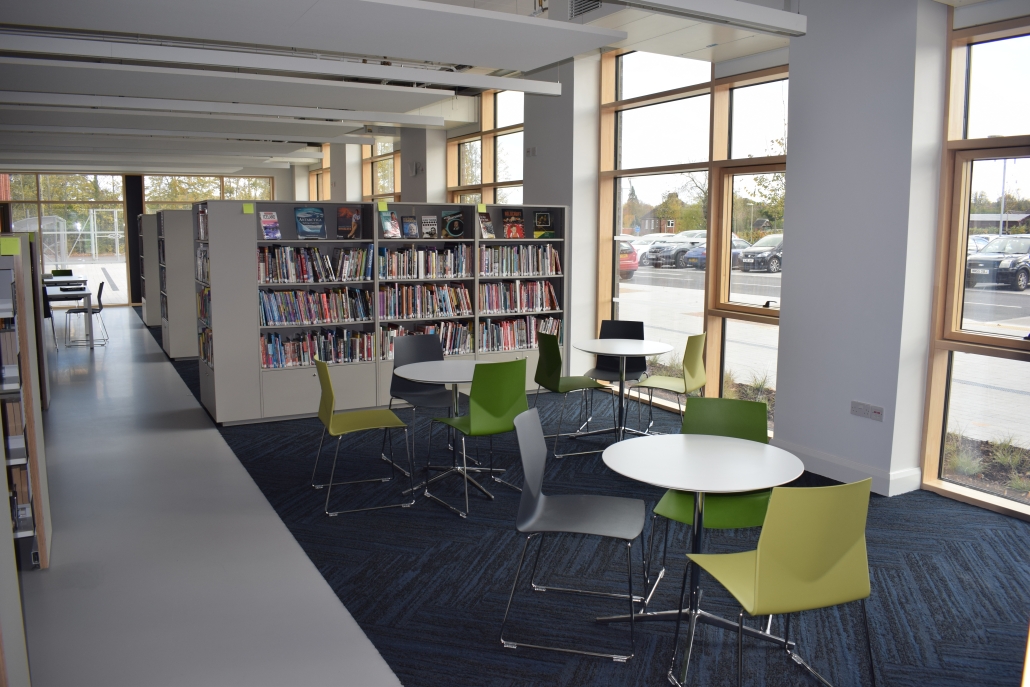
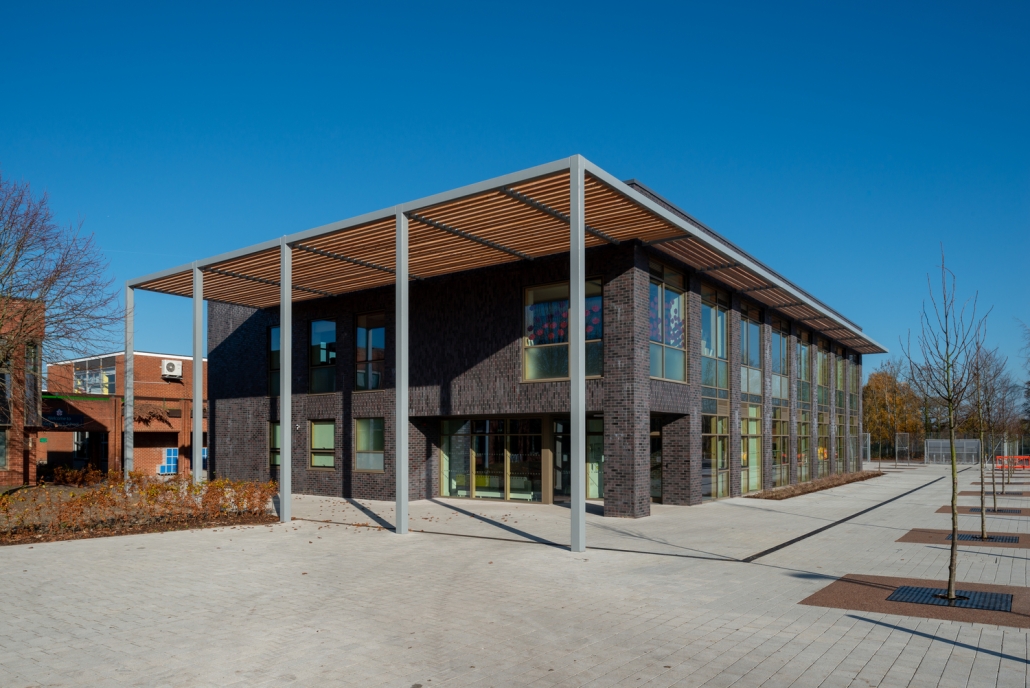






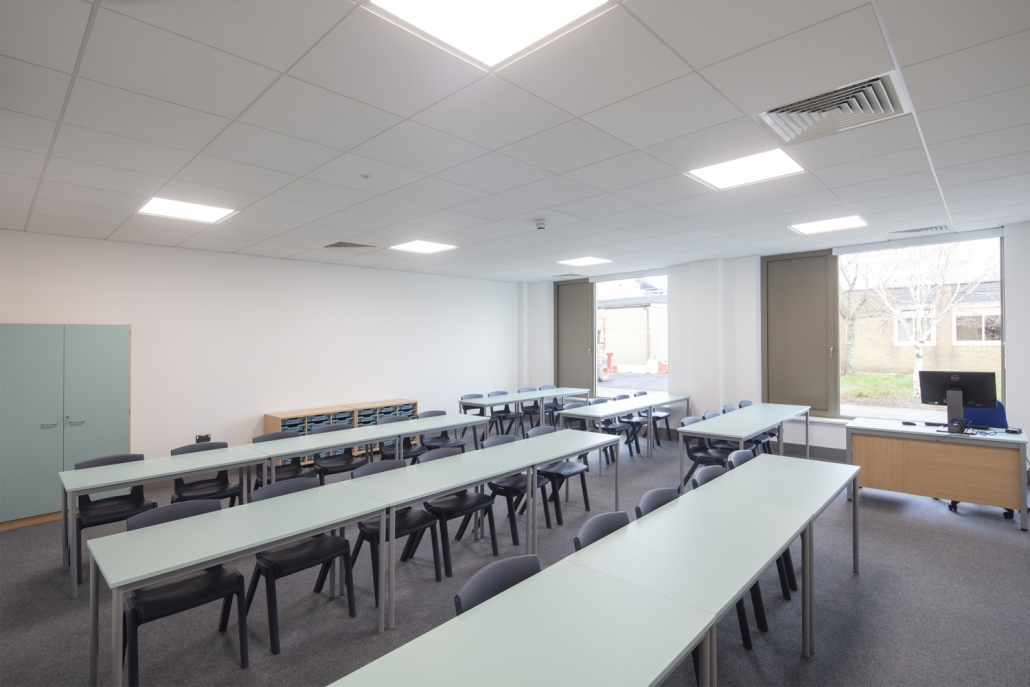
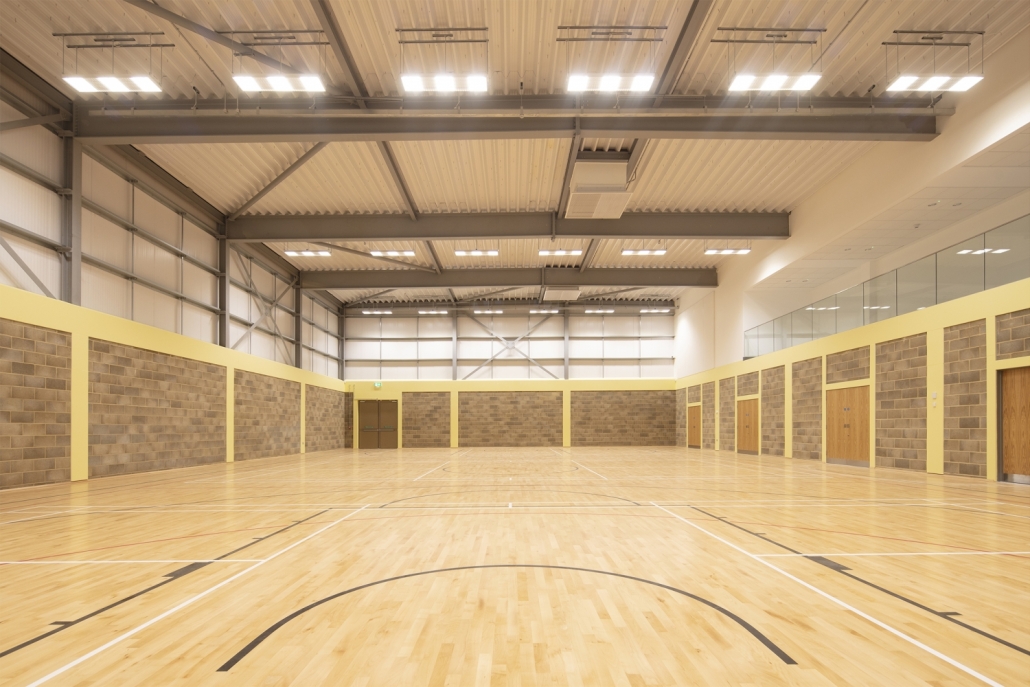
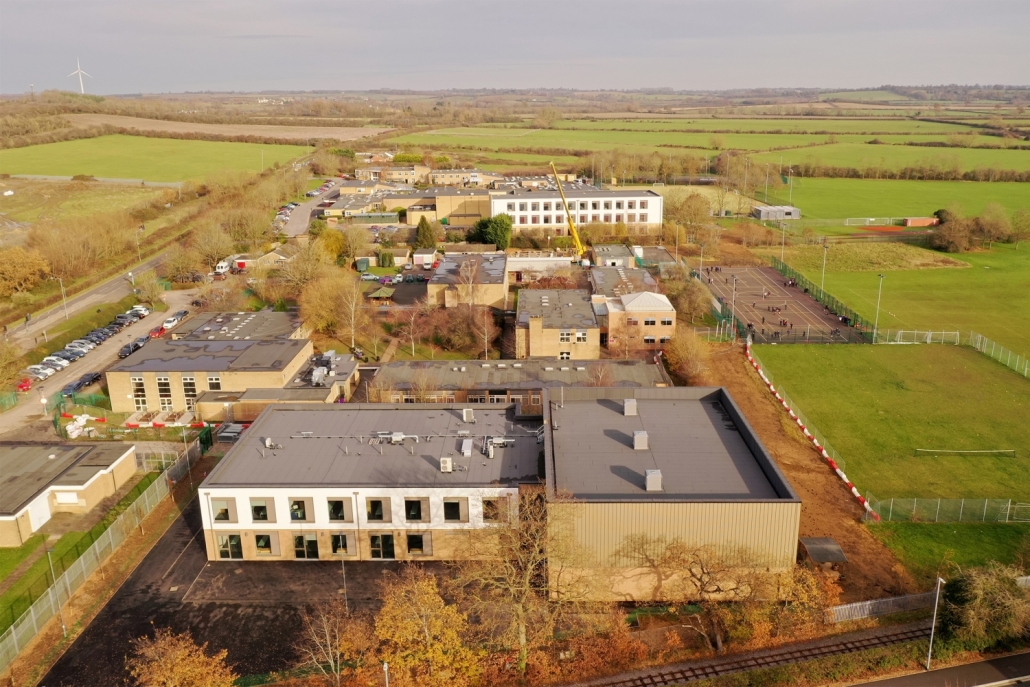
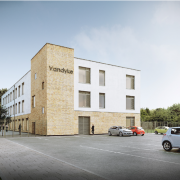

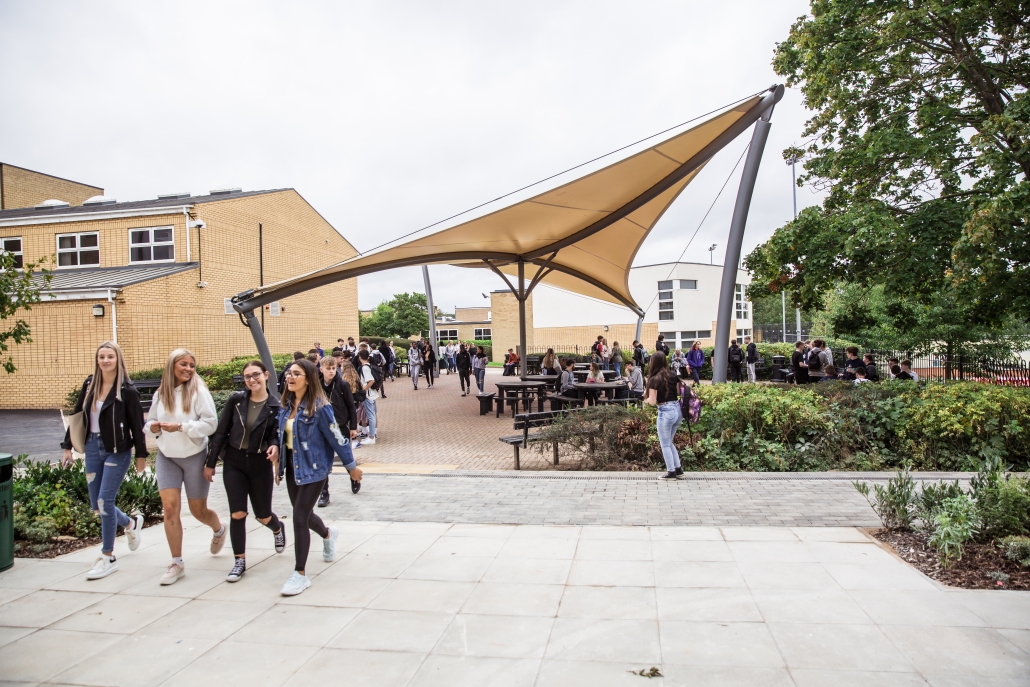


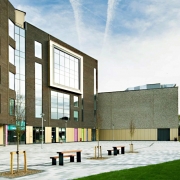 Stride Treglown
Stride Treglown
